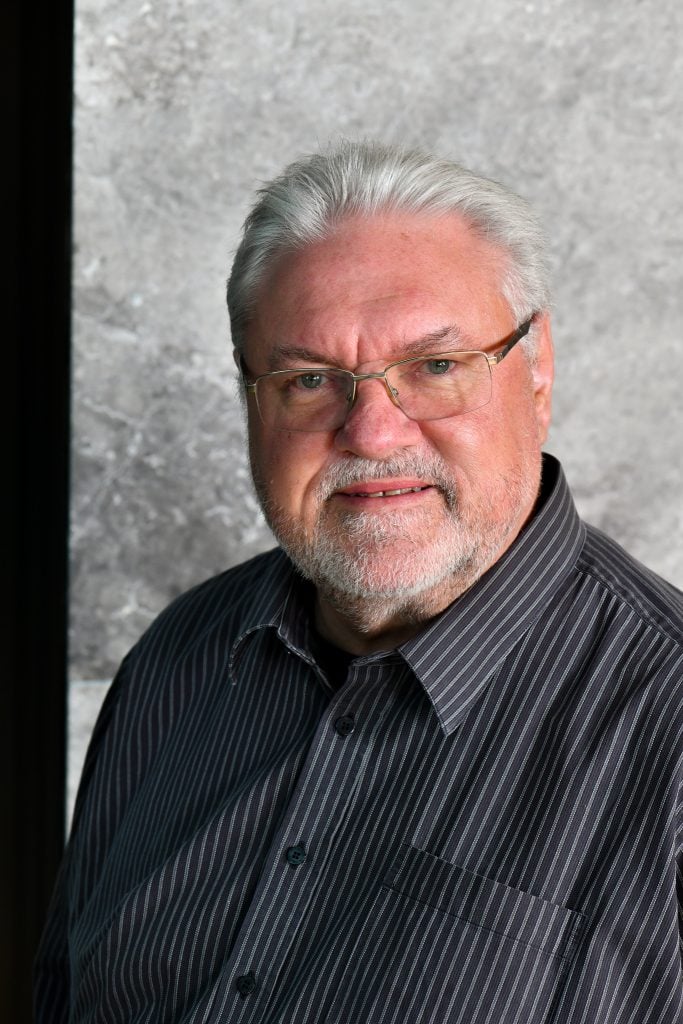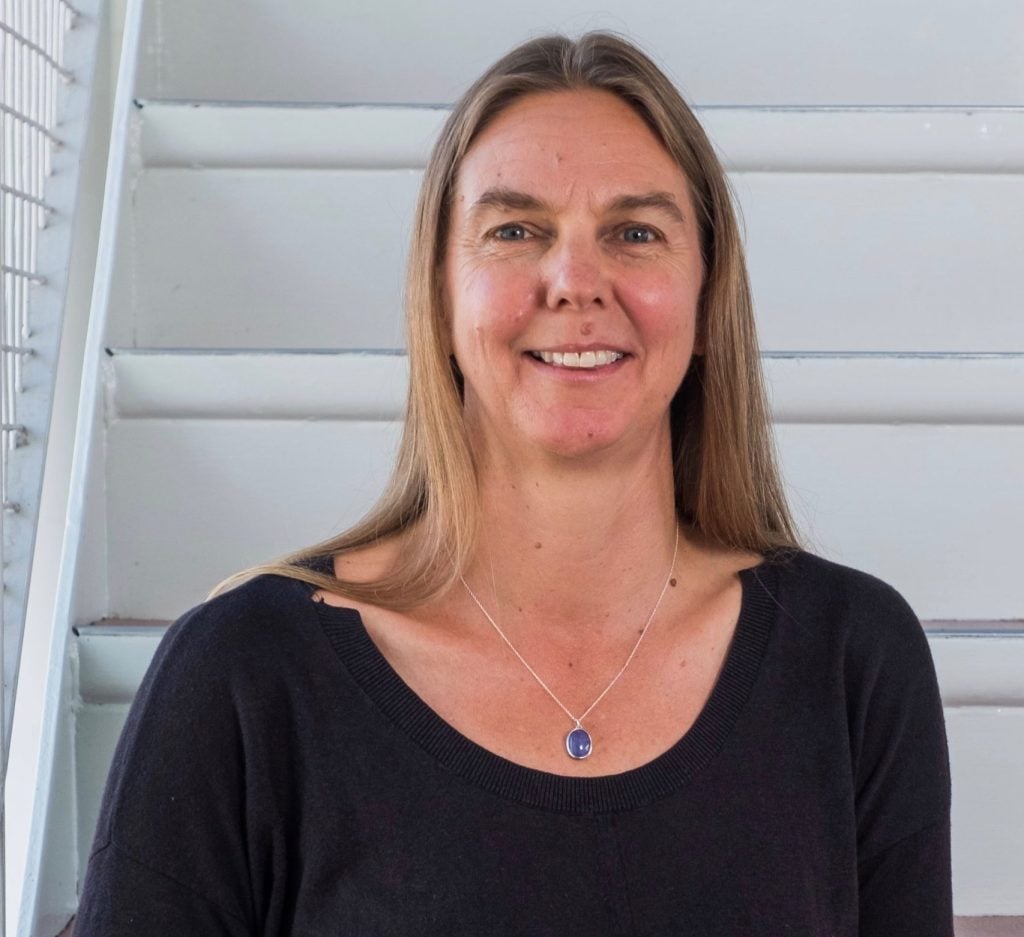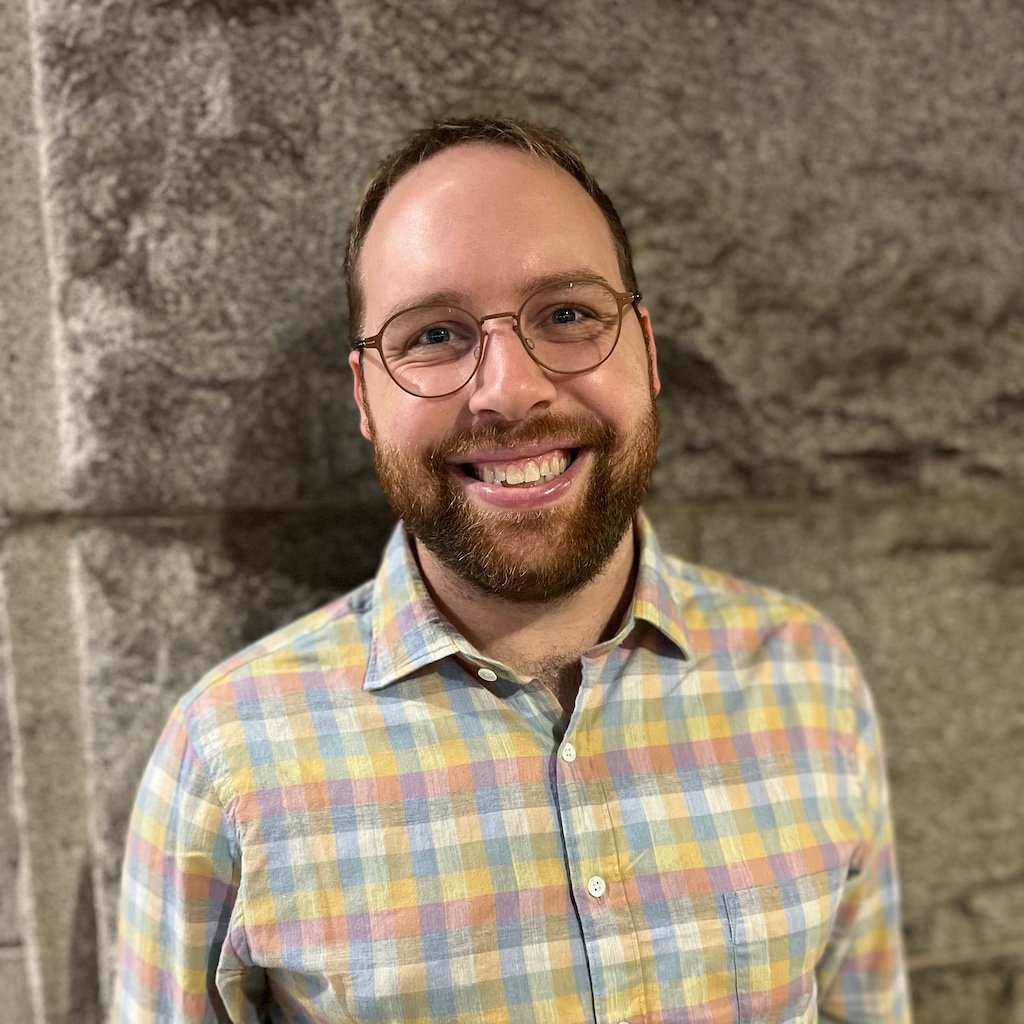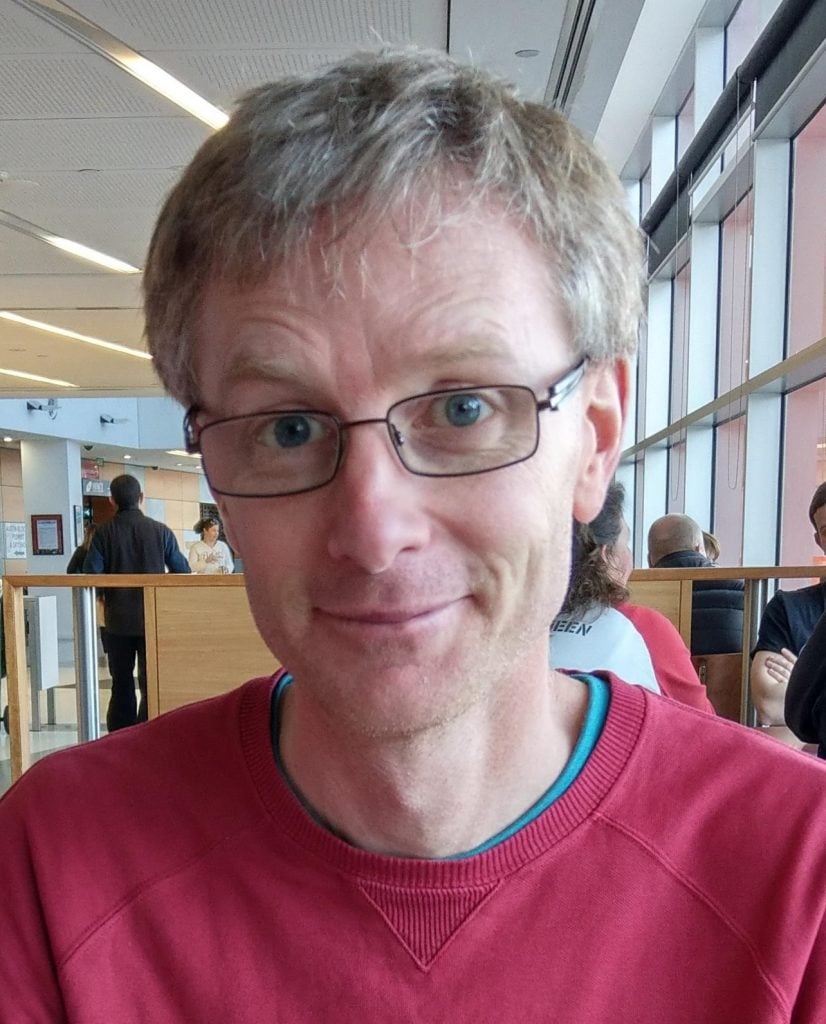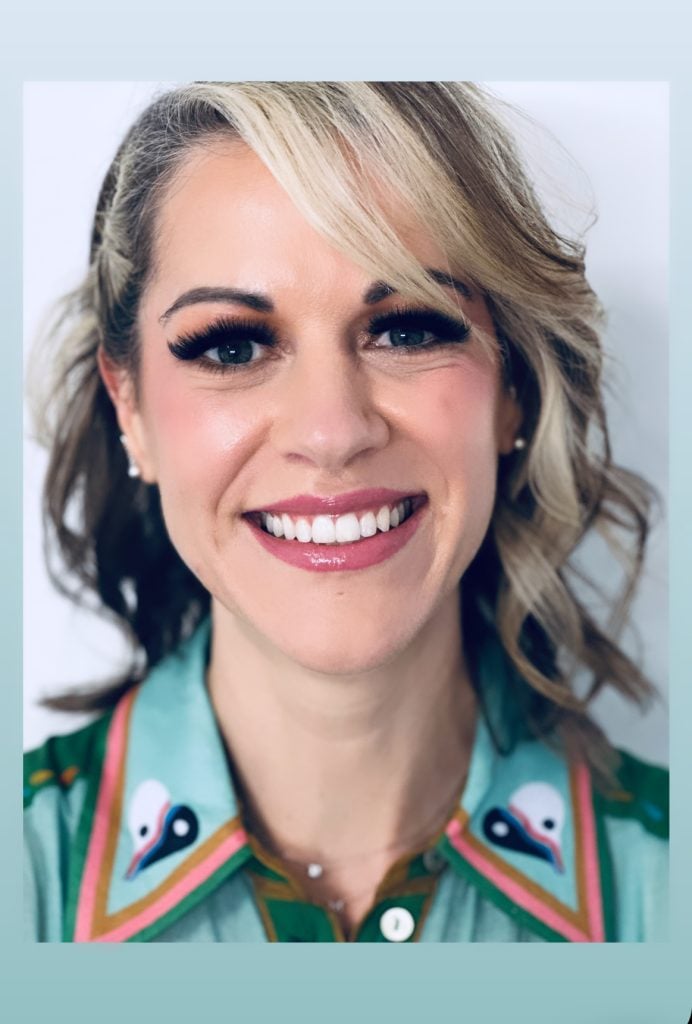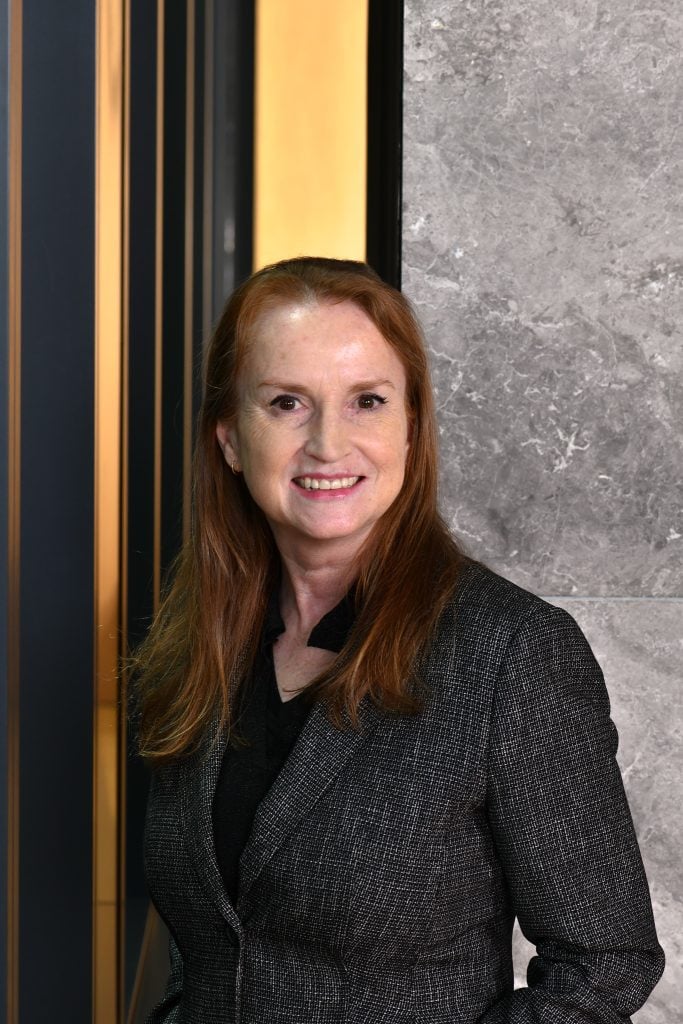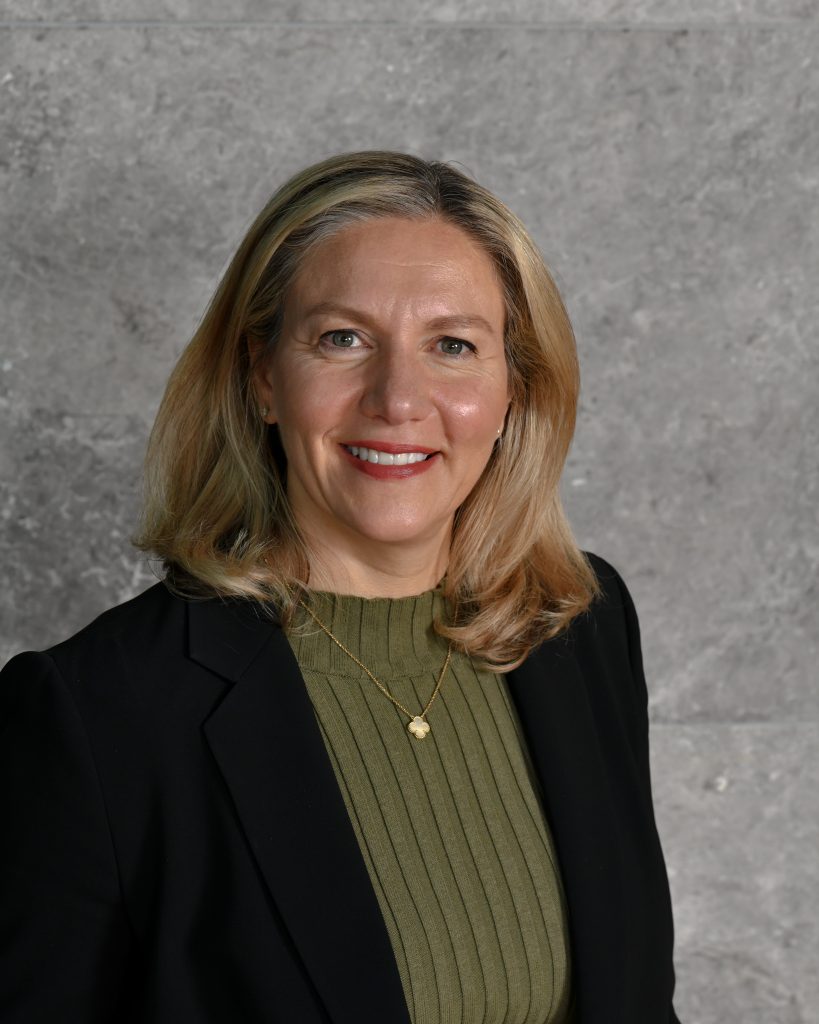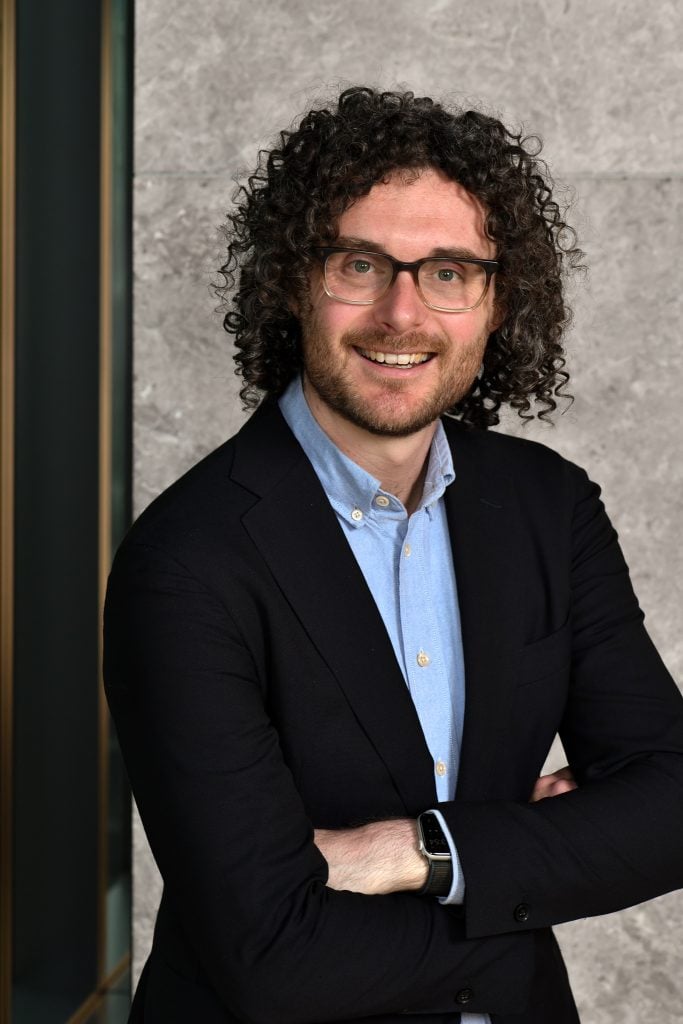Reframing alignment and authenticity in the assessment of work-integrated learning: CRADLE Seminar Series
30 April 2019
A strong turnout at Deakin Downtown and many more online joined us to hear CRADLE’s A/Prof. Rola Ajjawi discuss how WIL assessment might be reframed to promote alignment and authenticity, the latest presentation in CRADLE’s Seminar Series. Here, CRADLE Fellow Dr Matthew Dunn reflects on his key takeaways from the seminar. And if you weren’t able to make it on the day, Rola’s slides and a recording of the seminar are now available!
In her recent CRADLE seminar, A/Prof. Rola Ajjawi presented the findings from a project which explored alignment and authenticity of assessment for work-integrated learning (WIL). Rola defined WIL using Patrick et al.’s (2008) definition, which describes WIL as an “umbrella term for a range of approaches and strategies that integrate theory with the practice of work within a purposefully designed curriculum” and generally refers to things which could be considered as authentic learning experiences.
 The project sought to understand how students experience alignment between their WIL placement and assessments, and how they are accessed. This was of particular interest to me, as I was a course director for an undergraduate course which had a 100-hour placement as its capstone requirement. A perennial issue was not only how to assess the work students did but how to help students make sense of the assessments and the feedback, and link it to the career the students were seeking to embark on.
The project sought to understand how students experience alignment between their WIL placement and assessments, and how they are accessed. This was of particular interest to me, as I was a course director for an undergraduate course which had a 100-hour placement as its capstone requirement. A perennial issue was not only how to assess the work students did but how to help students make sense of the assessments and the feedback, and link it to the career the students were seeking to embark on.
The findings from the study were of great interest. There was some misalignment from students, and issues included: when there was a deviation from what a student was meant to do on the placement and what they did do, and how that was assessed; when what the student did do on the placement wasn’t assessed, or assessment didn’t allow for the students to communicate what they did; and when students perceived a misalignment between what they did at university and what they did on the placement (considered ‘the real world’).
 When it comes to WIL and its assessment, we need to ensure that we align the expectations of the university, the industry partner, and the student. Students want the assessment to reflect what they got out of the workplace, and we need assessments and rubrics which can allow for that. We need to encourage constructions of alignment; that is, have students negotiate assessment tasks and be open to the fluidity of the task being done and the assessment task. Our employment environments are dynamic and fluid, and we need to encourage students to reflect on mis/alignments as opportunities for learning. Why did the task they did on placement not match what they thought they were doing, and what can they take away from this?
When it comes to WIL and its assessment, we need to ensure that we align the expectations of the university, the industry partner, and the student. Students want the assessment to reflect what they got out of the workplace, and we need assessments and rubrics which can allow for that. We need to encourage constructions of alignment; that is, have students negotiate assessment tasks and be open to the fluidity of the task being done and the assessment task. Our employment environments are dynamic and fluid, and we need to encourage students to reflect on mis/alignments as opportunities for learning. Why did the task they did on placement not match what they thought they were doing, and what can they take away from this?
